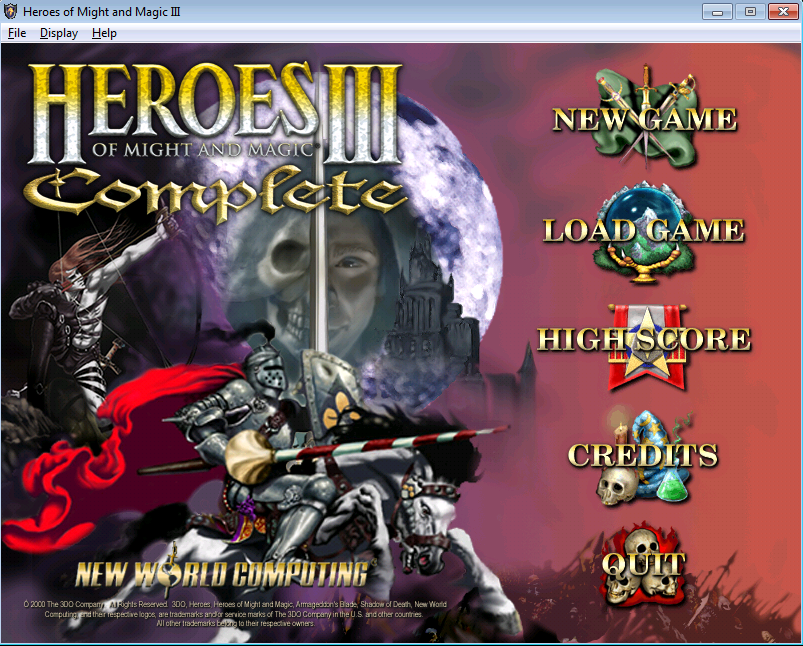

Twardochleb, now with the California State Water Resources Control Board, was part of MSU’s Ecology, Evolution, and Behavior, or EEB, Program and as a part of that took a class by Chris Klausmeier, MSU Research Foundation Professor of plant biology and integrative biology. They make good study subjects, she said, because they thrive both outside and in the laboratory. They mate, reproduce and the juveniles grow over a year in the pond by eating zooplankton. They emerge as adults from ponds in the spring. She had spent time observing damselflies’ one-year lifecycle in Michigan. The work developed when first author Laura Twardochleb was a Ph.D.

They see Michigan damselflies surviving climate warming by shifting into a lifecycle similar to their southern relatives - squeaking out two lifecycles in a season rather than one. The work differs from findings of similar models with less biological realism that predicted warming trends would doom predators.

The work in “Life-history responses to temperature and seasonality mediate ectotherm consumer–resource dynamics under climate warming” finds that inserting the right level of data gleaned from field experiences, specifically the effects of seasonal changes in temperature on consumer lifecycles, creates a more robust predator-prey simulation model. “That rapid pace is going to be even more of an issue with the increase in extreme events like heat waves.” “We are seeing the pace of climate change is much more rapid than organisms have endured in their evolutionary experience,” said co-author Phoebe Zarnetske, an associate professor of integrative biology, PI of the Spatial and Community Ecology (SpaCE) Lab and director of the Institute for Biodiversity, Ecology, Evolution and Macrosystems, or IBEEM. The results: A new respect for the blinding speed of global warming and a more realistic look at what a hot summer can bring to a nearby pond. Their work in this week’s Proceedings of the Royal Society B has a twist - combining seasons of observational and experimental work in the field and lab with input from a theoretical ecologist, a mathematician with supersized modeling creds. Michigan State University biologists have studied damselflies - which resemble dragonflies and are abundant as both predator and prey in wetlands - to understand what happens throughout their lifecycle from nymph to winged insect, along with what they eat, when summers grow warmer and longer. Scientists scripting supercharged scenarios caution that the difference between seasonal coping and long-term adaption is vast - and tricky to predict. In you case you want to create a '_theme.Climate changes are conjuring a whirlwind ride that seems to present some creatures opportunities to thrive. These will be compiled within the styles-l.css and styles-m.css so your storefront still loads that 1 file (and thus reduces load time of your website because you didn't add files to load in). If you just want to edit the existing css of Magento you can just overwrite them in a _theme.less file. Its a good practice to create a _extend.less when you want to make new css stylings that you added to your. less files that it will compile to css when you delete your /var folder and /pub/static folder and regenerate your static files. Within this folder you can create your own. Keep in mind that in your theme.xml you don't want to have the parent set to blank but to luma like this : Īfter you done so go to Content->Design->Configuration and choose your theme within the website/storefront that you want to implement it.Īfter you have done that you can make changes to the css of your theme.Ĭreate a web/css/source folder.

You can create a theme like this (no point in copy/pasting that whole page, just follow it step by step): The best way to do this is create your own theme that inherits the luma theme.


 0 kommentar(er)
0 kommentar(er)
